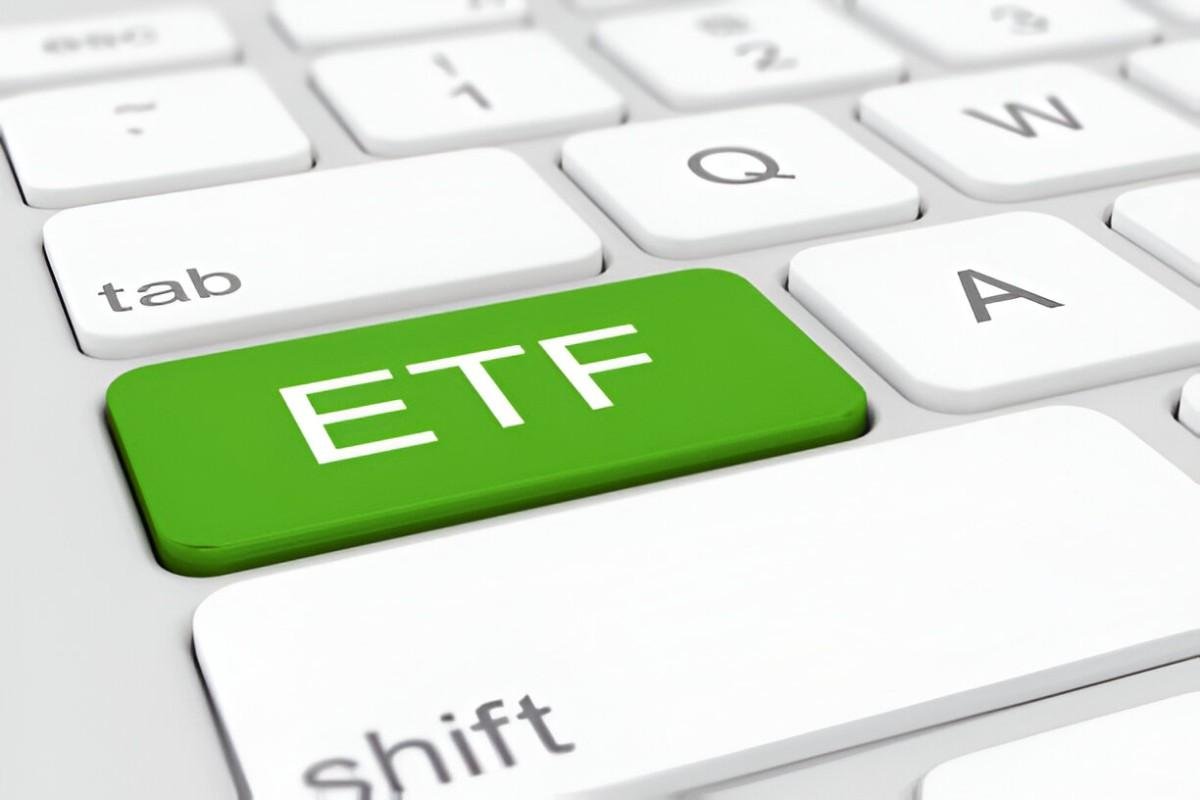Introduction
As a finance expert, I often get asked whether mutual funds or ETFs (Exchange-Traded Funds) offer better liquidity. The answer isn’t straightforward—it depends on structure, trading mechanisms, and investor behavior. In this article, I break down liquidity differences between mutual funds and ETFs, examining settlement times, trading flexibility, and market conditions.
Table of Contents
Understanding Liquidity in Investments
Liquidity refers to how quickly an asset converts to cash without affecting its price. High liquidity means easy buying and selling, while low liquidity may lead to delays or price concessions.
Key Liquidity Metrics:
- Bid-Ask Spread: The difference between buying and selling prices. Narrow spreads indicate higher liquidity.
- Trading Volume: Higher volume usually means better liquidity.
- Settlement Time: How long it takes to access funds after selling.
How Mutual Funds Handle Liquidity
Mutual funds price once per day after market close (4 PM EST). Investors buy/sell at the Net Asset Value (NAV), calculated as:
NAV = \frac{Total\ Assets - Total\ Liabilities}{Number\ of\ Outstanding\ Shares}Pros:
- Predictability: All trades execute at NAV.
- No Bid-Ask Spreads: No price uncertainty.
Cons:
- Delayed Settlement: Trades settle in 1-2 business days (T+1 or T+2).
- Redemption Gates: In stressed markets, funds may restrict withdrawals.
How ETFs Handle Liquidity
ETFs trade like stocks throughout market hours. Their liquidity depends on:
- Underlying Asset Liquidity
- Market Maker Activity
The ETF’s market price should track its Intraday Indicative Value (IIV), but deviations occur.
Pros:
- Intraday Trading: Sell anytime during market hours.
- Lower Settlement Time: Trades settle in T+2.
Cons:
- Bid-Ask Spreads: Less liquid ETFs have wider spreads.
- Premium/Discount Risk: Price may diverge from NAV.
Liquidity Comparison: Mutual Funds vs. ETFs
| Feature | Mutual Funds | ETFs |
|---|---|---|
| Trading Window | End-of-day only | Intraday |
| Pricing | NAV | Market Price |
| Settlement Time | T+1 or T+2 | T+2 |
| Bid-Ask Spread | None | Varies by ETF |
| Redemption Risk | Possible gates | None |
Real-World Example
Suppose I invest $10,000 in:
- Mutual Fund: Sells at next NAV, settles in T+1.
- ETF: Sells immediately at current market price, settles in T+2.
If the market drops 2% the next day:
- The mutual fund locks in the loss.
- The ETF sale avoids further decline.
When Mutual Funds Are More Liquid
- Money Market Funds: High liquidity, often same-day access.
- Large-Cap Equity Funds: High trading volume minimizes delays.
When ETFs Are More Liquid
- High-Volume ETFs (e.g., SPY): Tight spreads, instant execution.
- Niche ETFs: May lack liquidity if thinly traded.
Tax and Cost Considerations
- Mutual Funds: May trigger capital gains for all shareholders.
- ETFs: In-kind redemptions reduce tax liabilities.
Conclusion
ETFs generally offer better liquidity due to intraday trading, but mutual funds provide simplicity and NAV-based pricing. The best choice depends on trading frequency, asset class, and market conditions.





